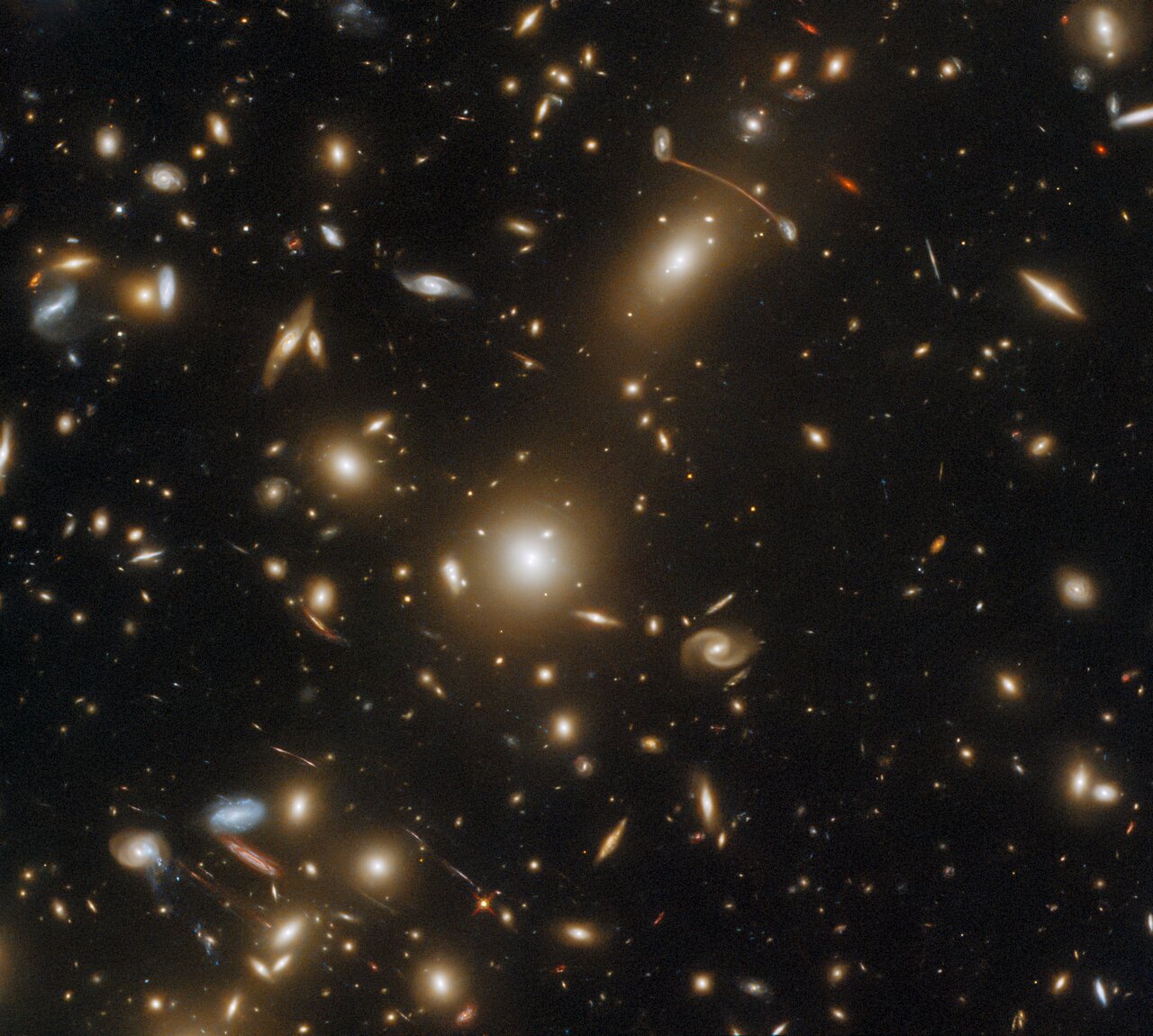Hubble telescope snaps massive galaxy cluster in Ursa Major

The NASA/ESA Hubble Space Telescope has captured this stunning picture of a massive galaxy cluster that lies in the constellation Ursa Major in the northern hemisphere.
This image of galaxy cluster Abell 1351 is filled with streaks of light, which are a result of gravitational lensing - an astrophysical phenomenon which occurs when a massive celestial body such as a galaxy cluster causes a sufficient curvature of spacetime for the path of light around it to be visibly bent, as if by a lens.
Sharing the image, ESA said that the streaks of light in this Hubble image are actually the images of distant galaxies.
Our latest Picture of the Week features the massive galaxy cluster Abell 1351, lying in the constellation Ursa Major in the northern hemisphere. 🔗 https://t.co/jpClVBwkvW Credit: @esa / @HUBBLE_space / @NASA , H. EbelingAcknowledgement: L. Shatz pic.twitter.com/Q9ryNi1LlW
— HUBBLE (@HUBBLE_space) June 20, 2022
This image was snapped by Hubble's Wide Field Camera 3 (WFC3) and Advanced Camera for Surveys (ACS).
The WFC3 was installed during Hubble Servicing Mission 4 in 2009 and it can observe ultraviolet, visible, and near-infrared light. It studies a diverse range of objects and phenomena - from young and extremely distant galaxies to much more nearby stellar systems, to objects within our very own solar system and exoplanets - planets outside our solar system.
ACS was installed on the telescope during Servicing Mission 3B in 2002. Its wavelength range extends from the ultraviolet, through the visible and out to the near-infrared and the camera has the ability to map large areas of the sky in great detail.
The Hubble Space Telescope is a project of international collaboration between NASA and ESA. Launched on 24 April 1990, the space-based telescope has made more than 1.5 million observations of about 50,000 celestial objects and more than 19,000 scientific papers have been published by astronomers using Hubble data.










